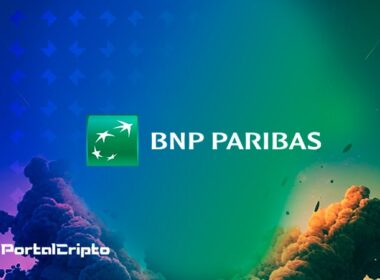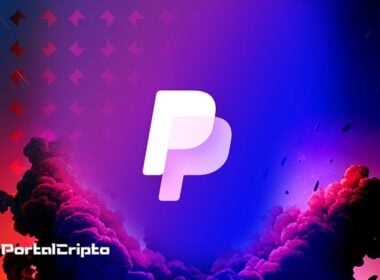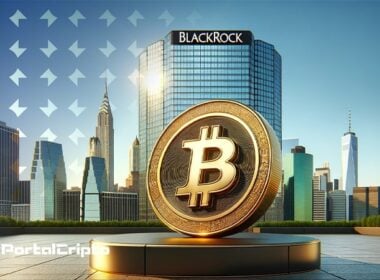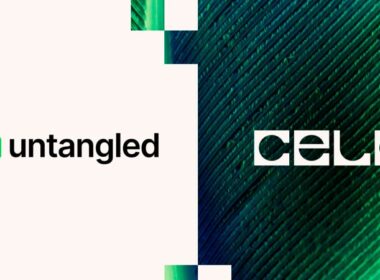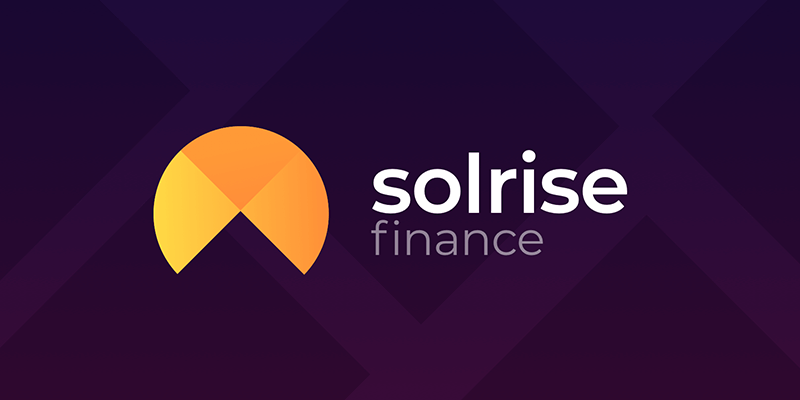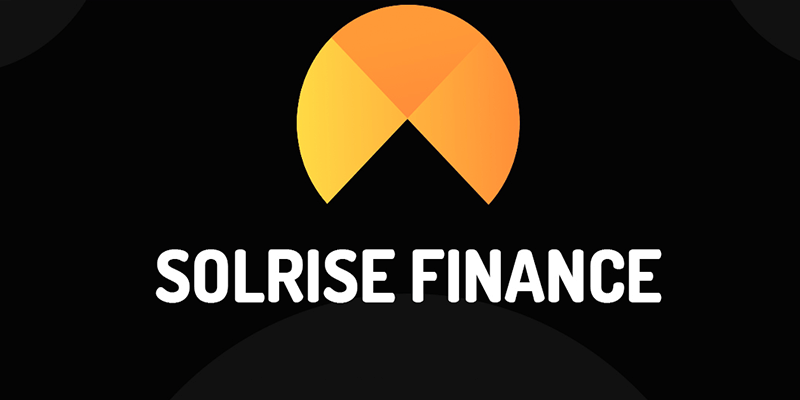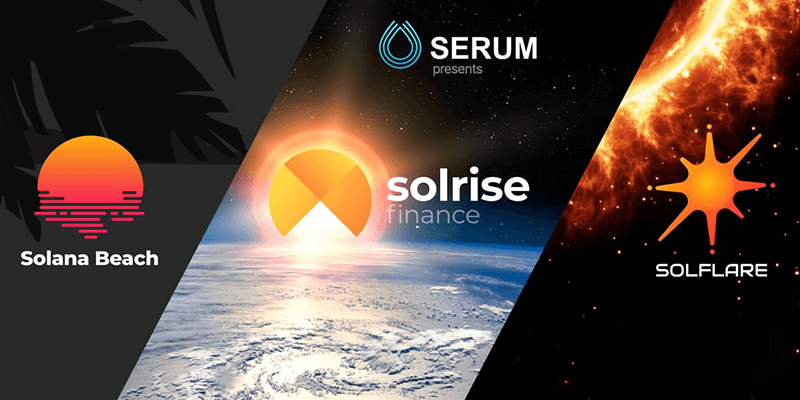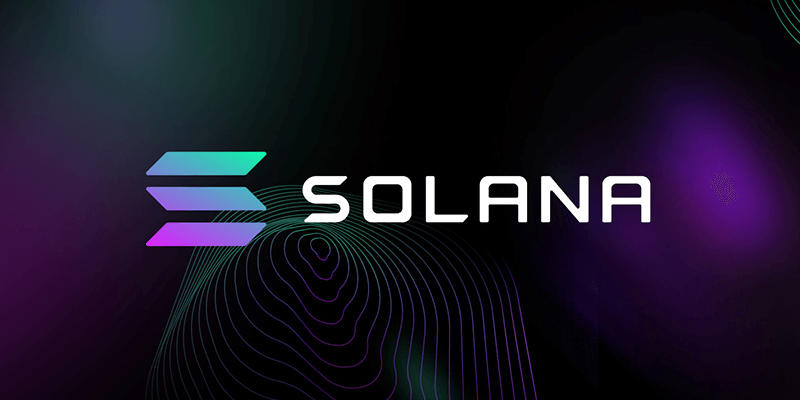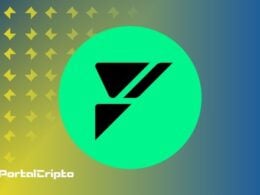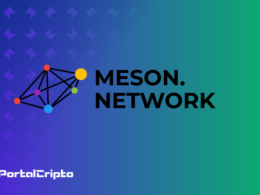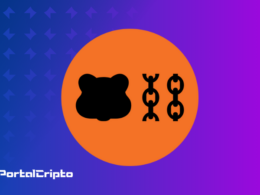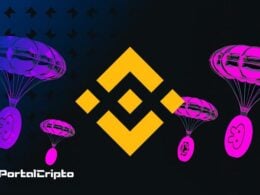Solrise Finance is a protocol for creating and managing decentralized investment funds, without the need for intermediary partners built on the Solana blockchain. Solrise Finance is also the winning project of the Solana X Serum Hackathon. Solrise tied for second with Party Parrot and Synthetify.
In this article, we will discuss:
What is Solrise Finance (SLRS)?
Solrise Finance is a Solana-based protocol for decentralized, non-custodial asset management. Solrise allows anyone to create, manage and invest in a managed portfolio of natural and synthetic assets for just $20. The project decided to build on blockchain Solana due to its speed, security and privacy. , reliability, ease of DeFi, and exceptional extended features.
The original concept of Solrise can be seen as a direct response to the frustrations caused by Robinhood's centralization decision to stop all trading in GME stock. As a result, the Solrise team realized that there was no efficient way for retail investors to deploy small amounts of capital into Ethereum-based asset management protocols due to high gas fees. As a result, Solrise is building a protocol to more efficiently create and administer decentralized and trust-reducing funds on the Solana blockchain.
The world of DeFi has opened up to an incredibly diverse ecosystem of opportunity, and Solrise seeks to reduce the wide range of complications this new financial model presents for new entrants. In fact, Solrise wants to improve the DeFi experience for those looking to allocate capital and strives to provide users with a permissionless, open and transparent investment platform that also caters to enthusiasts. seasoned crypto enthusiasts and uninformed investors.
Solrise Finance will allow third-party managers to create and offer actively managed funds or passive automated investment pools, allowing investors to participate in a wide range of assets and money protocols. different electrons, both on the blockchain and off the Solana chain. The aim is to allow users to have access to the same privileges offered by the Centralized Investment Applications, while maintaining the core elements of the DeFi philosophy, namely, no asset custody, money security and openness.
Solving use cases
Users can compare different mutual funds offered by third-party managers on Solrise based on easy-to-understand, transparent and objective metrics and find the most suitable funds for their investment level, risk taking and taste. They can then choose a fund that focuses on their preferred asset class and market environment, for example, whether it's an NFT, a synthetic token portfolio, or a synthetic asset.
Additionally, Solrise seeks to enhance the investment and market knowledge of cryptocurrency newcomers, allowing them to benefit from the expertise of fund managers and market leaders. This is likely to be really advantageous for new entrants as it will allow them to browse a wide range of attractive investment funds, allocate capital to them and be assured of the safety of the funds.
Each Solrise fund will have specific characteristics and will present users with a variety of investment strategies. In addition, these funds will cover a wide selection of assets, including:
- A risk mitigation index that tracks blue chip crypto assets and stablecoins.
- A liquid pool to provide liquidity in different protocols.
- An NFT fund focuses on shares of one or more targeted NFTs.
- A growth fund that focuses on initial, medium and long-term investments in undervalued crypto assets.
- A macroeconomic fund that seeks to invest in commodities and foreign exchange (FX) through synthetic assets.
- A fund that invests in highly speculative assets, for those seeking greater risk and greater rewards.
How does Solrise Finance (SLRS) work?
The Solrise protocol allows anyone to create an investment fund and act as the manager of that fund. Solrise funds have a diverse set of assets and support any existing SPL token on the Solana blockchain. In addition, the protocol supports both native and encapsulated assets, but will soon be extended to include more general property classes.
The Solrise team will conduct pricing tests to determine the effectiveness and reliability of a given asset class and verify that it is suitable enough to be added to the Solrise fund platform. Users can browse the selection of funds available on the Solrise platform by clicking Browse Funds.
After doing this, users can browse through a variety of mutual funds and choose the ones that suit them best. As shown in the image above, Solrise shows the fund name, manager, total profit, number of active investors, total invested capital, and incorporation date.
Taking the image of the fund shown above as an example, it can be seen that since its inception, the fund has returned an ROI of 35,9%, with a total investment of $1.427.878. This fund tracks the performance of 4 different digital assets, these assets being Ripple, Solana, Step Finance and 3x Long Ethereum Token (shown in the first image).
The advantages that come with implementing this system and investing in an active cryptocurrency fund managed by an experienced Solrise third party are really clear. However, while the system is attractive, users must exercise responsibility and research the token, regardless of the fund's performance.
The Solrise protocol now allows a single Key Manager to execute transactions with integrated platforms on behalf of the fund's investors without having to leave the fund. Going forward, Solrise also plans to add pluggable governance models, which will involve donors in selecting whitelisted assets for their preferred funds.
Solrise Development Team
In addition to being backed by leading cryptocurrency VCs, Solrise can rely on a number of experienced co-founders, lead developers, architects and product designers to help you achieve the long-term success you desire. Solrise was founded by Vidor Gencel, PhD in Computer Science. active candidate in research and development in the blockchain space, with a focus on Ethereum, Tendermint and Hyperledger.
Vidor has been involved in software development from a young age and has been involved in the development of various software solutions for microprocessors, central banks, web, chatbots and real money terminals. As CEO of Solrise, Vidor strives to leverage his experience and skills to further develop Solrise's infrastructure and will work to make the Solana-based platform the right solution suitable for on-chain asset management.
The Solrise team includes:
- Vidor Gencel – CEO and co-founder
- Matt Martin – Co-founder
- Filip Dragoslavic – Co-Founder https://www.linkedin.com/in/filip-dragoslavic
- Boris Vujicic – Lead Developer
- Andrej Budincevic – Blockchain Developer
- Alex Kovacevic – Lead Designer
- Pavle Batuta – Blockchain Developer
- Zlatko Poljovka – Frontend Developer
- Natalija Lovrincevic – Frontend Developer
- Petar Markov – Frontend Developer
Built in Solana
Compared to existing decentralized fund models operating on the Ethereum blockchain, Solrise reduces the cost of basic operations from hundreds of dollars to a few cents, along with exceptionally faster transaction speeds. In fact, the Solana blockchain offers unprecedented transaction fees and latency, helping the protocols it is based on achieve a greater degree of decentralization.
In essence, creating a democratic DeFi fund platform involves keeping transaction fees as low as possible. While Ethereum and its massive ecosystem are clearly here to stay, its blockchain infrastructure in its current state is not compatible with a fund platform like Solrise.
This is because setting up a Solrise-style fund on the Ethereum network requires an upfront fee of around $500 in gas fees due to storage costs, along with a $250 fee for investor participation and even higher fees. higher than when investors exit. In this case, fund managers will basically pay $150 every time they want to reorganize their asset portfolio, which is obviously unsustainable. Therefore, Solrise decided to develop the most efficient Solana blockchain.
Solana offers a true high-performance blockchain architecture that currently offers some of the best transaction speeds and costs ever. This is because Solana can scale up to 50 transactions per second, a big step up from ETH's 15 and offers orders of magnitude less than the competition. This means Solrise users and managers can move in and out of funds for a total price of $0,001 and transactions are confirmed within seconds.
Solana provides a platform for low-cost, high-frequency activities with cross-chain integration, enabling access to key cryptocurrency assets. Solana's two-way token bridge, called Wormhole, is currently in active deployment and allows crypto assets to be transferred directly from Ethereum to Solana, giving you access to any notable ERC-20.
The Solana ecosystem is growing at an exponential rate and developing some very powerful integrations like Serum DEX. Indeed, Serum and its cross-chain functionality will allow Solrise to offer many major tokens, including BTC, ETH and USDC, while allowing the platform to offer traders a wide range of tools. It's like a hedge fund.
The key to all of this is that through Solrise, anyone can create and launch their own personal fund with near zero upfront cost, and anyone with a laptop and $500, for example, can allocate capital to this management protocol. based on Solana and reap the same benefits and returns previously available only to high profile individuals and institutional investors.
Launch of the Solrise Foundation
The Solrise Fund operates similarly to traditional market hedge funds, with each fund representing a group of crypto assets managed by third-party fund managers and their respective teams.
The fund manager can carry out asset exchanges through the AMM pool, execute trades, bet and project on the protocols, perform profit cultivation and perform similar investment actions on the underlying embedded DeFi protocols. Furthermore, the features of the non-custodial protocol mean that fund managers never have direct access to the fund's assets.
This increases the overall security of the platform and reassures investors about the safety of their capital. In addition, fund managers cannot actively transfer assets from the fund to a third party, reducing the risk of protocol attacks in general.
To buy Solrise funds, users will have to hold the underlying asset, in this case USDC. On Solrise, anyone can become a participant in the fund as long as the fund remains open and has the proper underlying balance. Upon depositing the underlying asset, users, in turn, will receive a proportionate amount of Fund Tokens (FTs) representing their share of the fund.
Fund managers will have the ability to configure a combination of different fee structures across Solrise funds, including but not limited to:
- Performance load, based on high water point performance against benchmark.
- Management fees, based on the average value of assets over a given period.
- Exit rate, based on a percentage of the user's exit value.
- Entry fee, based on a percentage of the user's entry amount.
SLRS token
Solrise Finance's native token, SLRS, is a transferable representation of the governance and utility functions specified in the Solrise protocol and is essentially designed to be a utility token. The SLRS token is a functional, non-refundable utility token that will be used as a decentralized means of exchange between Solrise Finance participants.
The purpose of introducing SLRS is to provide a secure method of payment and settlement between participants who interact on the Solrise Finance platform and does not represent any interest, interest, ownership, any right or interest in Solrise Company.
The main utility of the SLRS is to act as the underlying asset of the platform, which means that it is spent by users to pay gas fees in and out of the Solrise fund or blocked by the Fund Manager to reduce the part of the administration fees that are managed. . implemented by the Solrise Protocol. In the future, SLRS holders will also be able to vote on proposals and changes to the on-chain protocol, as well as participate in its governance.
What is the Price Forecast for Solrise Finance (SLRS) cryptocurrency?
Solrise Finance price is predicted to reach a high level of $0.998 throughout 2022.
As early as 2023 according to our crypto price prediction index, in 2023 Solrise Finance (SLRS) could reach a maximum level of $1.920, with the average trading price of $1.428.
In 2025 according to our crypto price prediction index, SLRS should cross an average price level of $2.314. The minimum expected value of the Solrise Finance price at the end of the current year should be $2.137. Furthermore, SLRS can reach a maximum price level of $2.359.
Where to buy the SLRS token?
SLRS cryptocurrency can be traded on the following exchanges:
- FTX
- Gate.io
- MEXC
- Bitmart
Conclusion
Solrise proposes an alternative investment model that seeks to break the typical bottlenecks of traditional financial systems and empower individuals through the blockchain and, more specifically, the Solana blockchain. Solrise seeks to reduce the range of complications that this new financial model poses for new entrants. In fact, it wants to improve the DeFi experience for those looking to allocate capital and strives to provide users with a permissionless, open and transparent investment platform that caters to savvy crypto enthusiasts and enthusiasts and uninformed investors.
Solrise strategically explores a specific segment of the DeFi space that has not yet reached its full potential, and in doing so, creates an exciting new frontier in the digital asset ecosystem. Ultimately, the project aspires to embody the fundamentals of the philosophy of decentralized finance and aspires to completely decouple monetary power from the hierarchy of centralized systems, with the sole aim of making money completely free of charge.
